Genre: Krimi
GoodReads meta-data is 334 pages rated 3.9/5 by 539 litizens.
Verdict: Compelling.
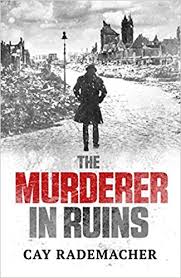
January 1947, Hamburg Germany is city in ruins and a city of paradox. It is depopulated and overpopulated. Depopulated by the war, by the bombing, by the deprivations….tens of thousands died, many who could left. Overpopulated by Displaced Persons – millions of them roaming Europe at the time, camp internees, returning German POWs, German refugees from the East, Russian deserters, and more.
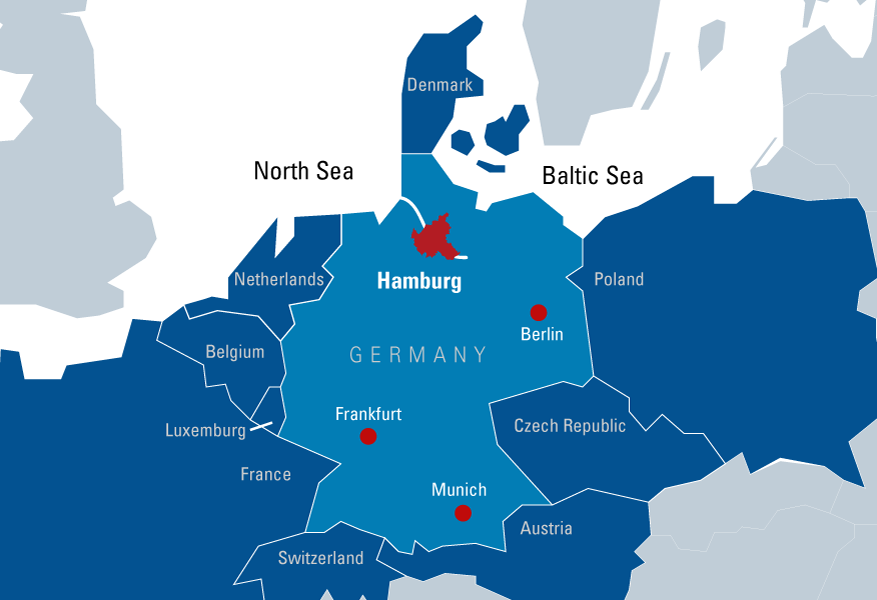
Because it was a major seaport on a major transport waterway, the Elbe, because most of the U-boats were built there, because it lay within range of the RAF, Hamburg was subjected to constant air attack for five plus years. From July 1943 the air raids were obliteration bombing aimed at the industrial and attendant working class areas of Hamburg. Because precision bombing was then, as now, largely a fiction for popular consumption, the bombs fell where they may.
What became the British Army of the Rhine occupies Hamburg and environs with an experienced colonial hand.
Then came the hard winter in which the story is set. Both the roads and railroads were badly damaged by bombing, and now the weather has rendered them useless. The trains cannot run. The roads are impassable. The Baltic winds drive the -25C temperature into the bone. It has been much too cold to snow for weeks. In this weather the Brits mostly stay indoors, near the heat. They have plenty of everything, and stealing from them is crucial to the blackmarket.
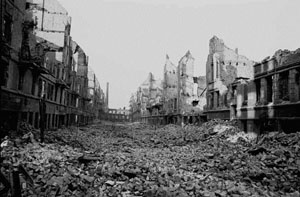
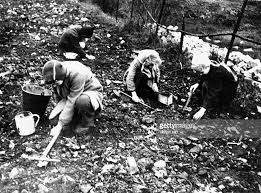
Much of the population is homeless, living in basement ruins, lean-tos, or cobbled together Nissan huts surplused by the Brits. Most are dressed in the rags, clothes they have had on since 1944. Most wear all their clothes at once for warmth, but also to keep others from stealing them.
In the last years every tree has been cut for fire wood. Coal is unknown. Medicine is beyond price. With the closure of transport for weeks, neither wood nor coal can be trucked in. Food is vanishing. Everyday people die in the street of starvation, malnutrition, exposure, disease and simply freeze to death.
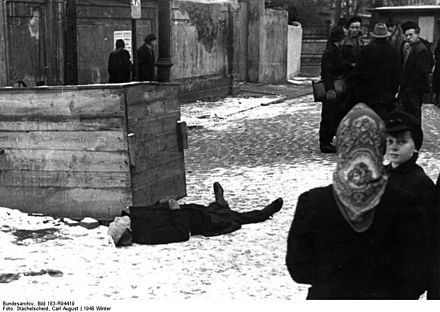 Death in the streets. Starvation, malnutrition, and disease.
Death in the streets. Starvation, malnutrition, and disease.
The Third Man would find this all familiar territory.
DeNazification has gone full tilt. Expelling Naziis from the police, courts, law, hospitals and so on. Necessary but disruptive to the workings of the city. Expatriate Germans who got out are returning to this new world, but many are out of depth in this situation. False identity papers are a thriving black market. Since few paper records have survived the firestorms of the bombings, claiming identity is common.
Could things be any worse? This nightmare world is far more disturbing and disjointed than any dystopia conjured in the Sy Fy films treated on this blog. This environ and the city of Hamburg itself is the major actor in the novel.
Then it gets worse when a murder victim is found, naked and frozen into the surface in a bombed ruin. Then another, and another. Can it get any worse? Yes. The first victim was a young woman. The second an elderly man. The third a child. The fourth, an older woman. Each garrotted, a method much favoured by Naziis as degrading and economical.
Inspector Frank Stave with a stiff leg that kept him out of the Wehrmacht and much baggage is landed with the investigation, aided by a British liaison officer, and a new vice detective. His loyal office assistant does what she can. There are wheels within wheels in this circle.
The strength of the book is the context. The ice freezing on the windows of unheated bedrooms. The flapping of roof tiles in the Arctic gusts. The odors which penetrate even the sub-zero temperatures. The desolation of the streets. The exhaustion of the people. The flow of humanity in the Displaced Persons of every nation, race, and creed. Everyone is suspicious and fearful of everyone else pace Thomas Hobbes’s state of nature. The desperate efforts of Jews to get to Palestine. Ominous rumbling about what the malevolent god in the Kremlin might do next.
The author is no apologist for the Reich.
 Cay Rademacher
Cay Rademacher
The Hunger Winter of 1946-1947 was bad all over Northern Europe, made worse by the destruction visited by the Naziis in Norway, Denmark, Poland, Netherlands, and France. As Stave muses, we brought this on ourselves and now we have to endure it.
On the terrible conditions in Germany read Stig Dagerman’s ‘The German Autumn’ (1947), though when I read this years ago while travelling in Sweden I found it to be an apology for the Reich.
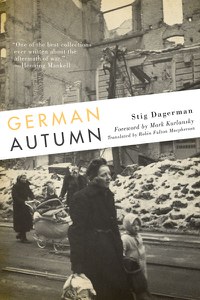
Back to the book in hand, in contrast to the environment, the characterisations are not particularly compelling, and as is usual there is far too much sympathy-jerking backstory for Stave. This volume is the first of a series and I will certainly try another.
I quibbled about some of the terminology. Those who informed on others were styled by several characters as ‘grasses’ a British term of the 1960s. Would a German have used that expression in 1947. There were other instances of the same sort that distracted this reader.
Skip to content
